Skin & Derivatives + Teeth (Lab Week 1)
5.0(1)
5.0(1)
Card Sorting
1/67
There's no tags or description
Looks like no tags are added yet.
Study Analytics
Name | Mastery | Learn | Test | Matching | Spaced |
|---|
No study sessions yet.
68 Terms
1
New cards
hair growth where hair is shed & replaced once a given length is reached
definitive
2
New cards
continuous hair growth
angora
3
New cards
total body covering of hair
pelage
4
New cards
long, stiff hair that serve as tactile receptors, e.g. whiskers
vibrissae
5
New cards
2 types of guard hair
awn & bristles
6
New cards
outer layer of hair on most mammals, exhbits definitive growth -- expanded distally, weakened basally
awn (most common type of guard hair)
7
New cards
firm hairs with angora growth, e.g. lion mane. May be stiff/enlarged such as spines/quills
bristles (less common type of guard hair)
8
New cards
2 types of underfur
wool & fur
9
New cards
long, soft often curly with angora growth underfur
wool
10
New cards
relatively short underfur, with definitive growth
fur
11
New cards
teeth with low rounded cusps for crushing molar power, found in omnivores
bunodont
12
New cards
shearing teeth, type of secodont (P4m1), found in carnivores
carnassials
13
New cards
serrated teeth for grinding vegetation 3rd premolar (PM3, pm3), found in marsupials
plagiaulacoid
14
New cards
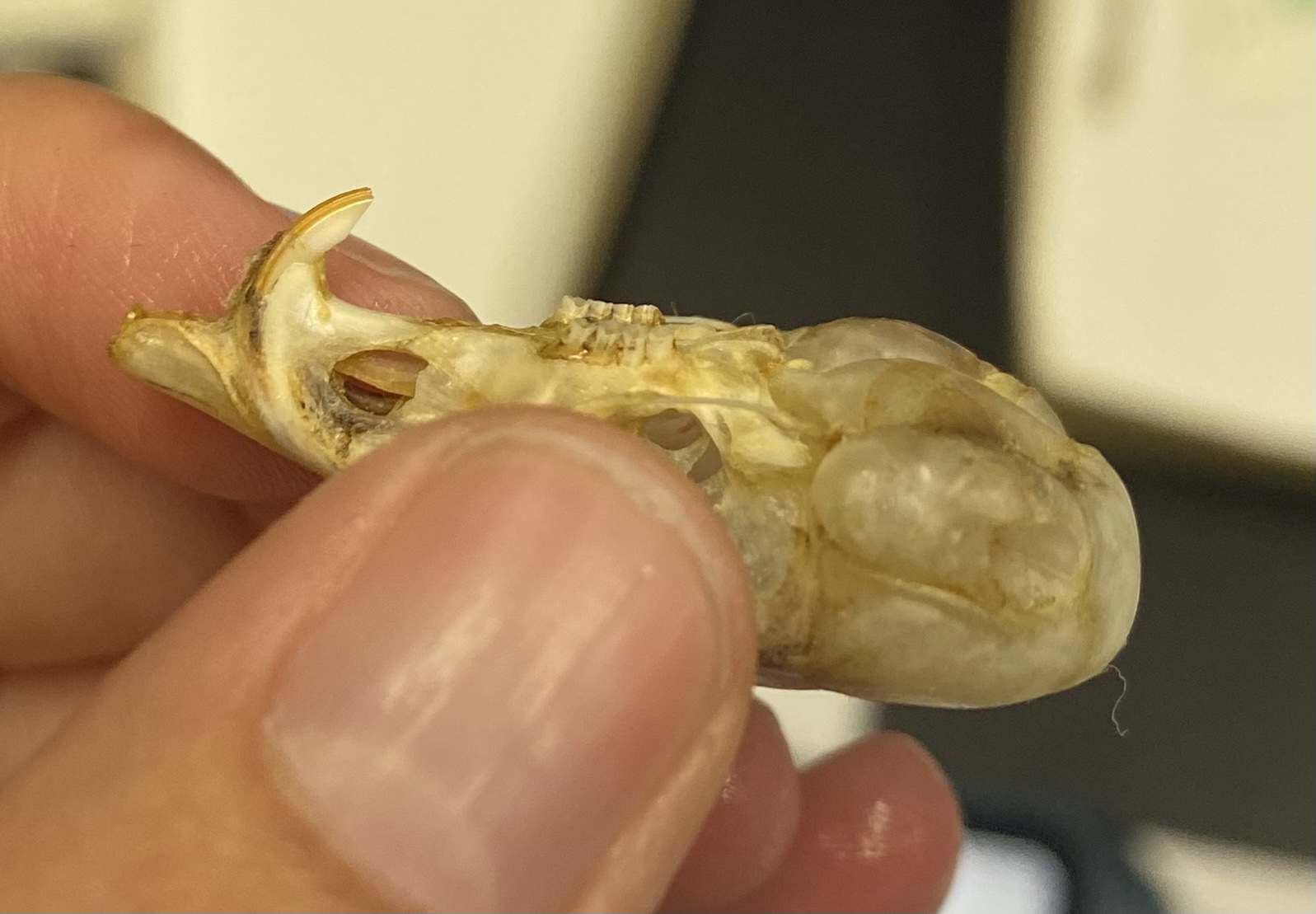
Hypsodont or brachyodont?
hypsodont
15
New cards
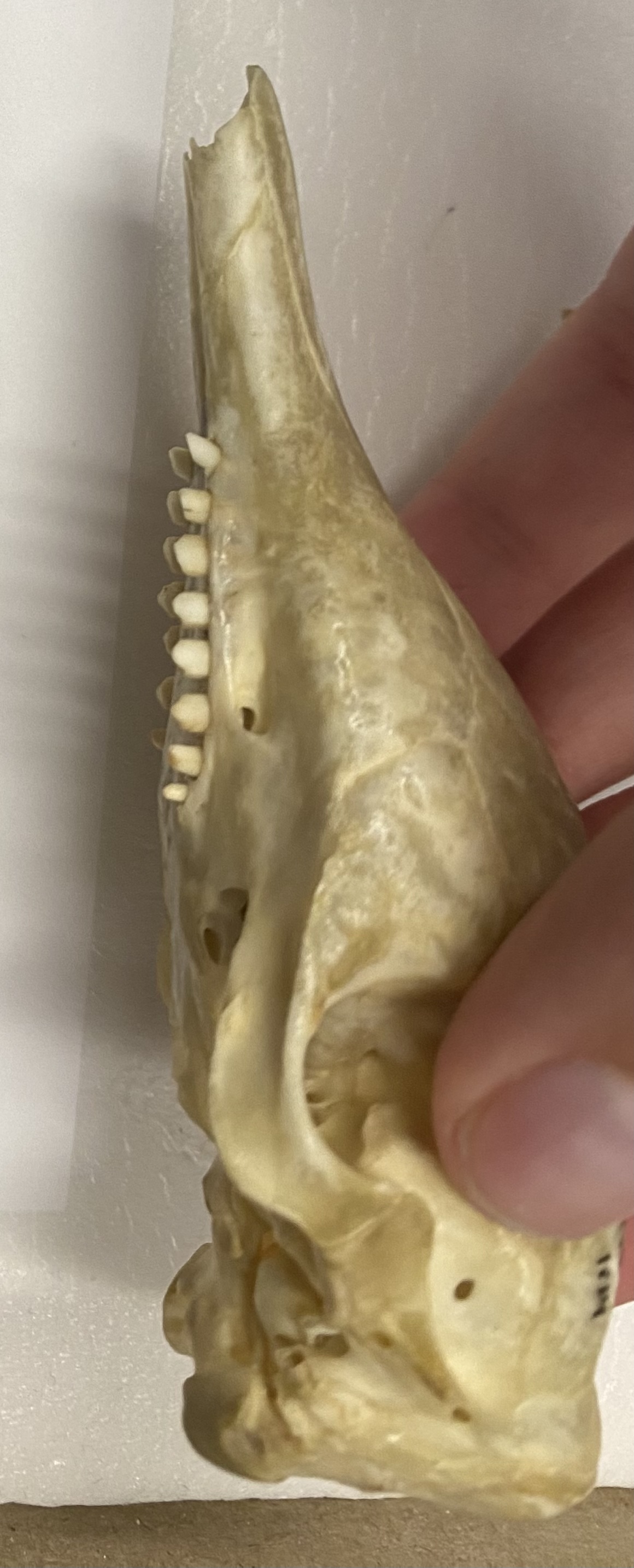
homodont
16
New cards
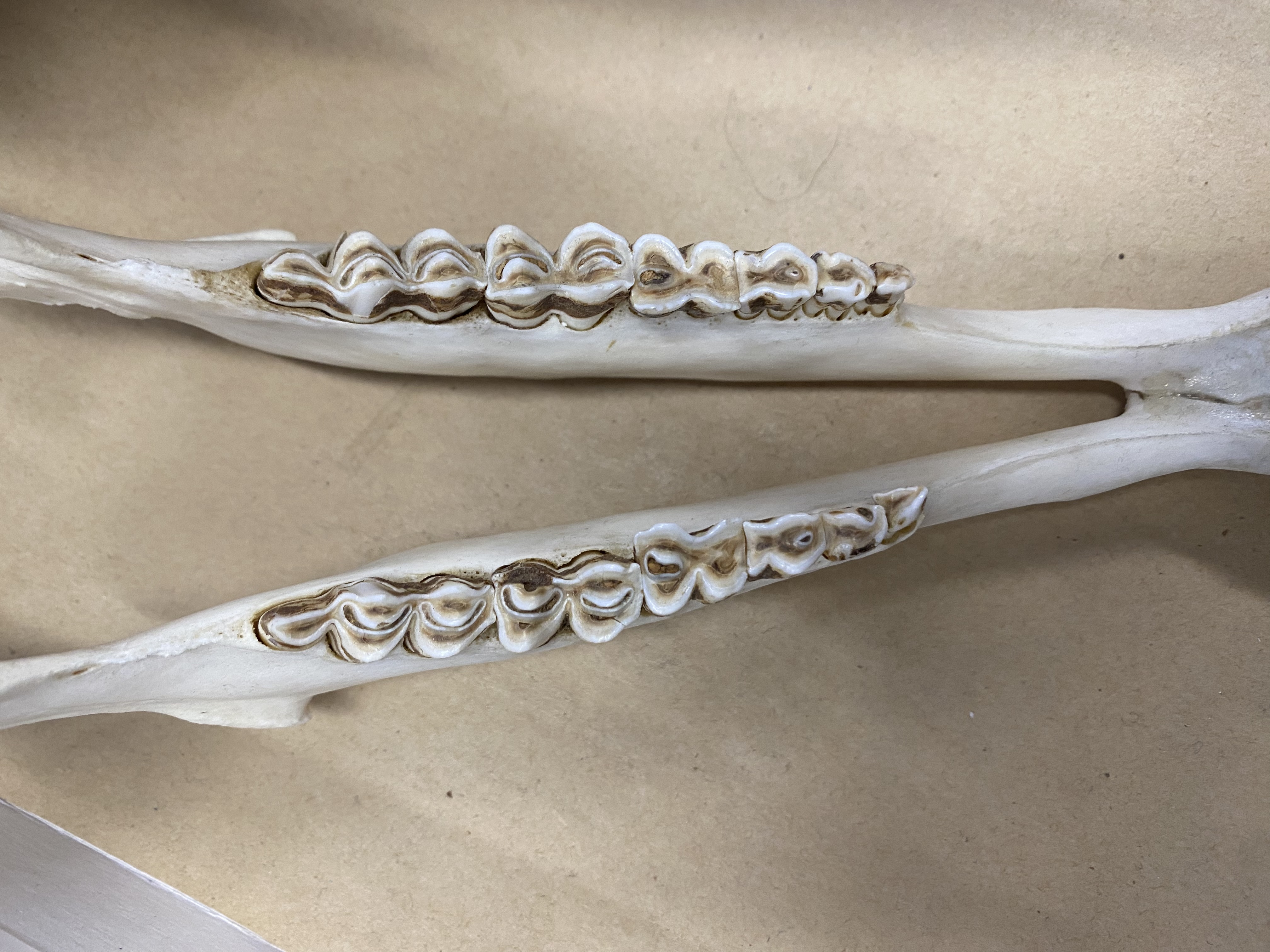
selenodont
17
New cards
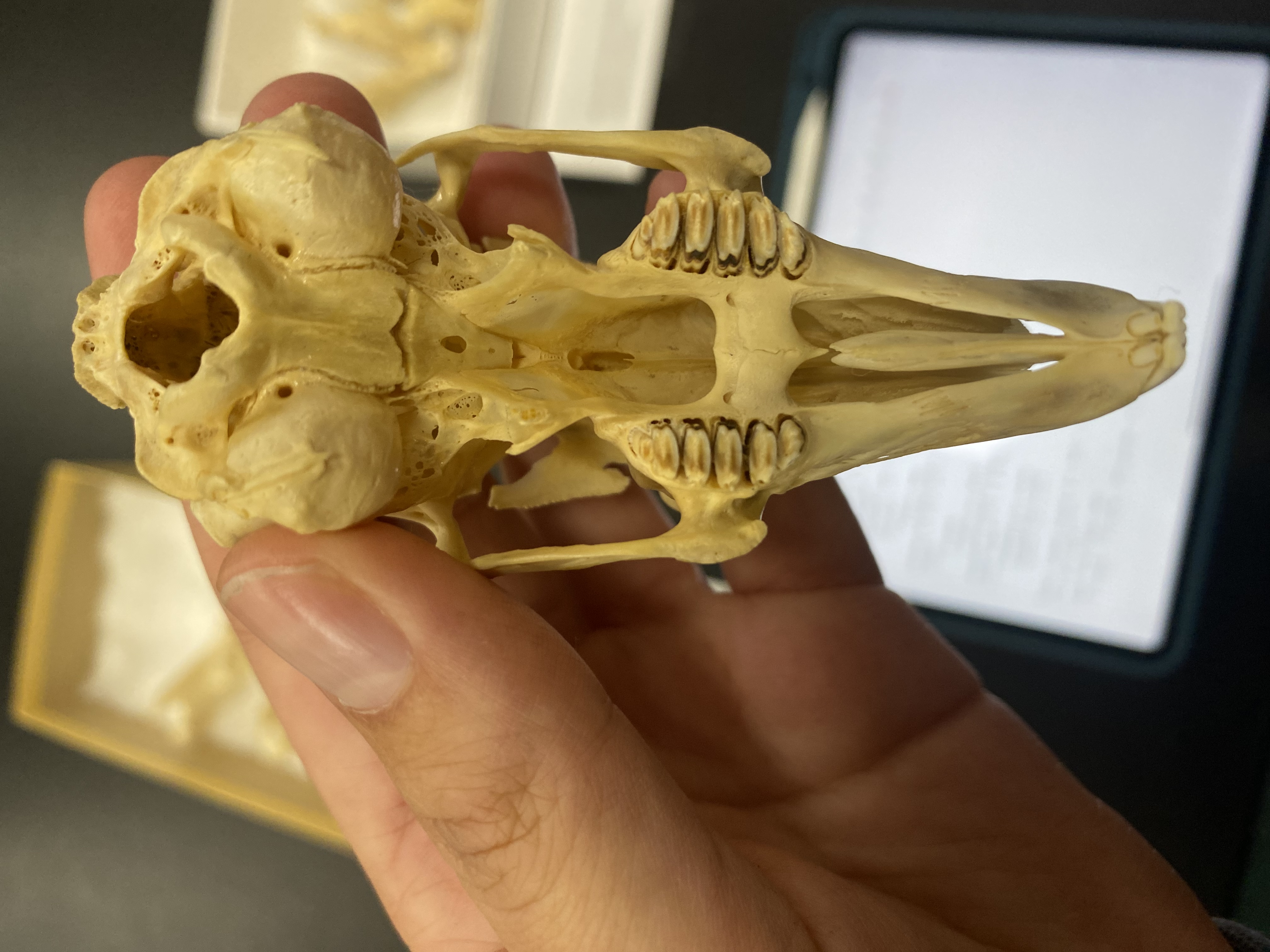
bilophodont
18
New cards
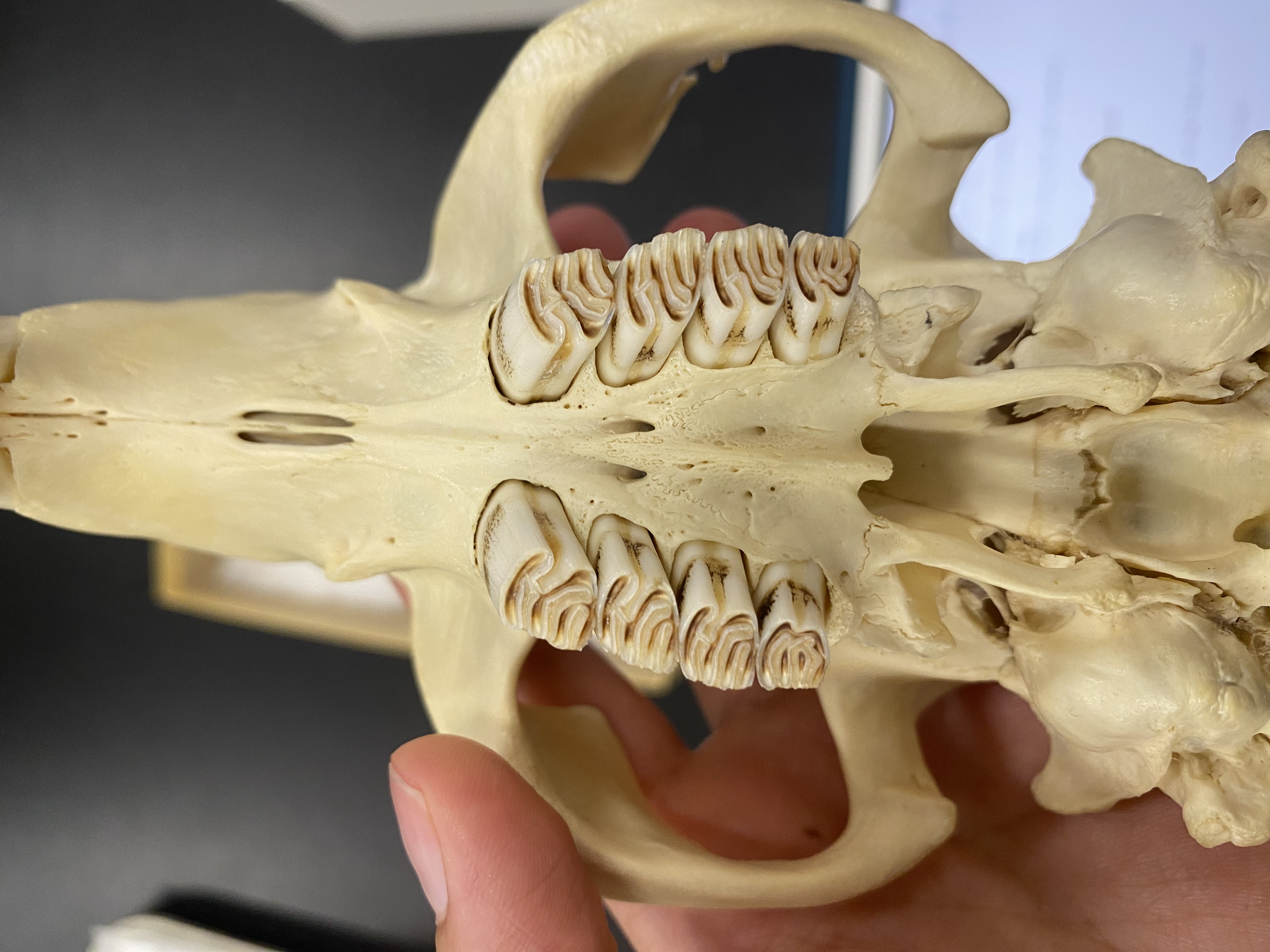
lophodont
19
New cards
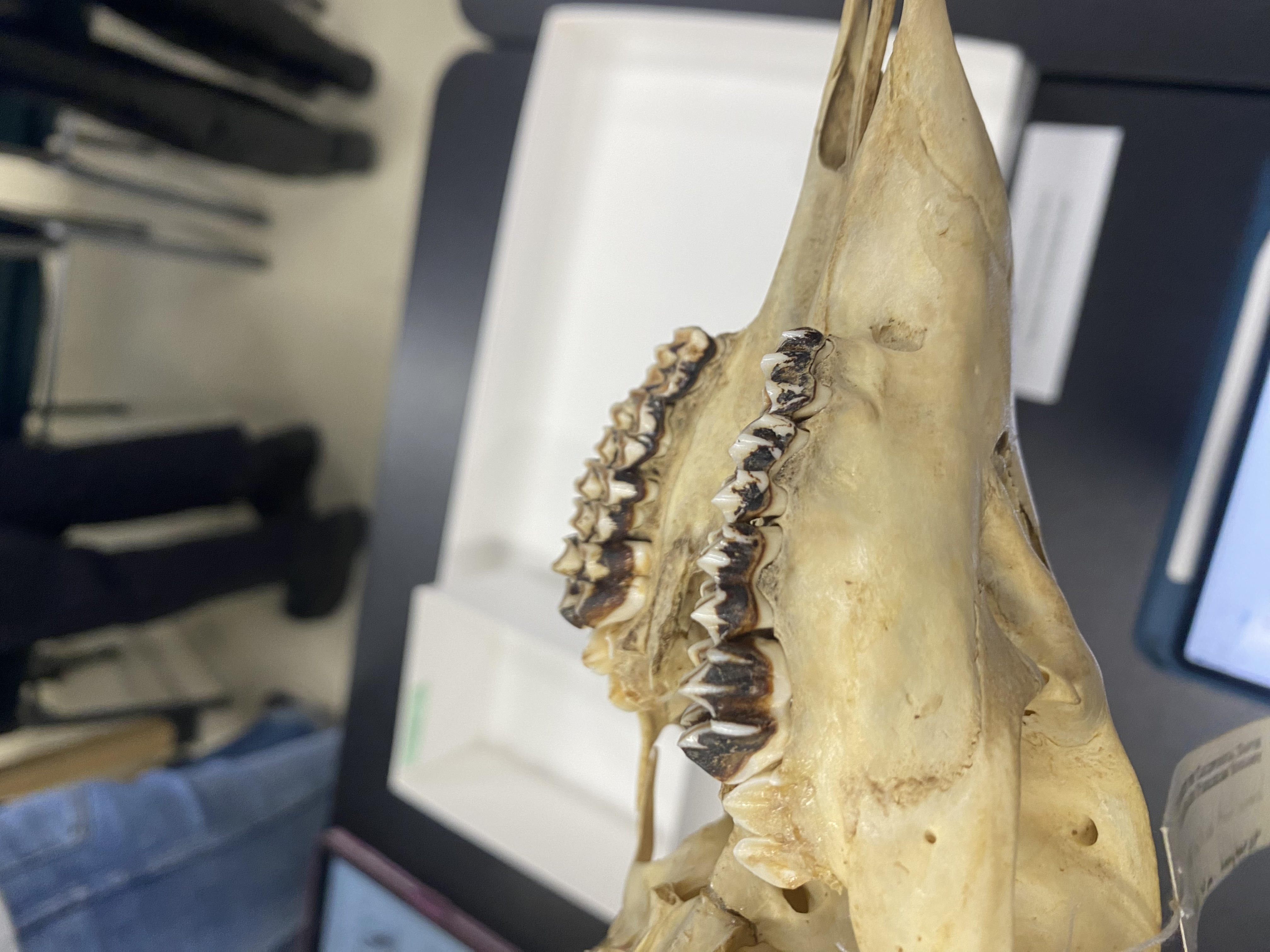
Hypsodont or brachyodont?
hypsodont
20
New cards
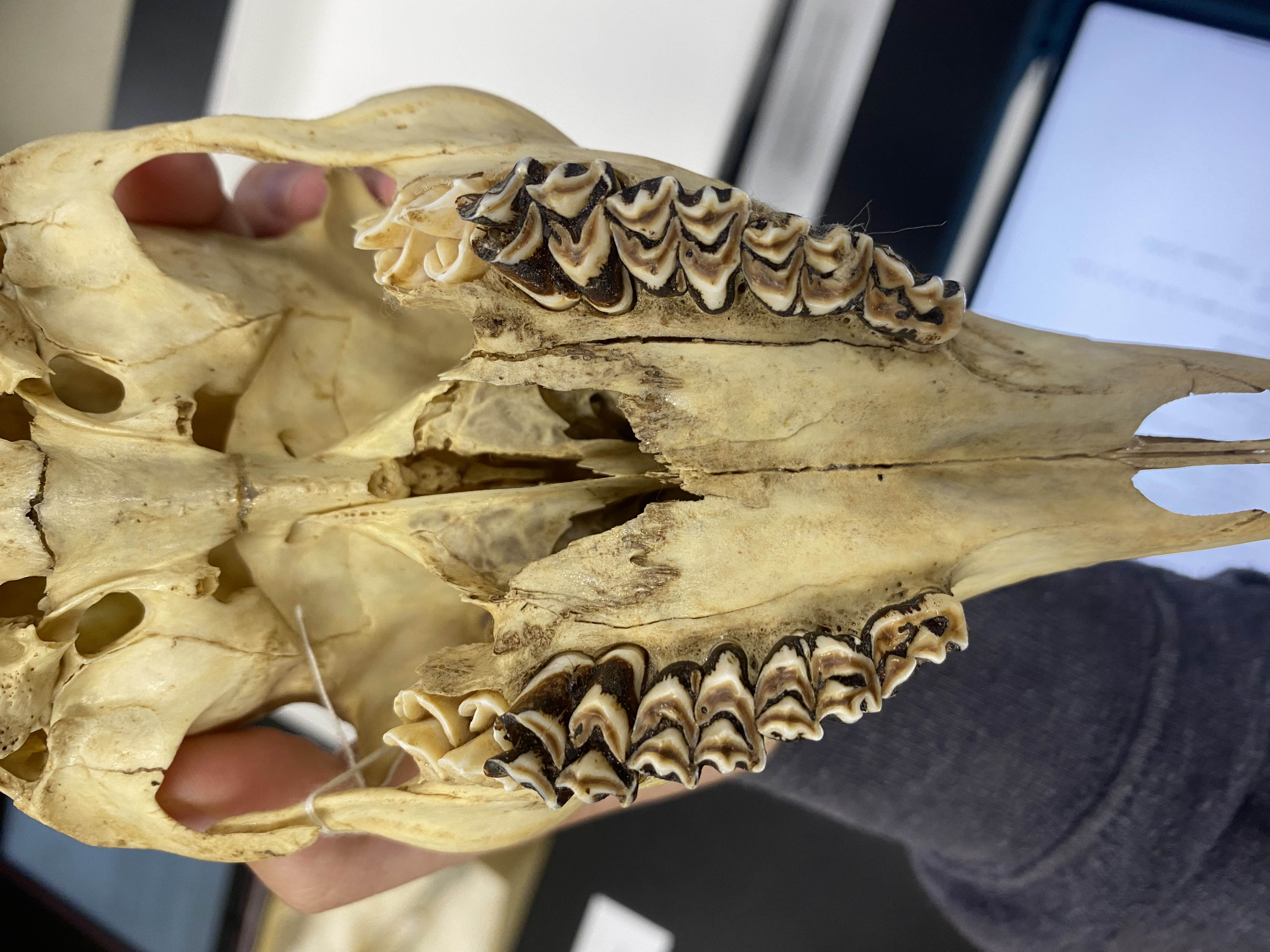
selenodont
21
New cards
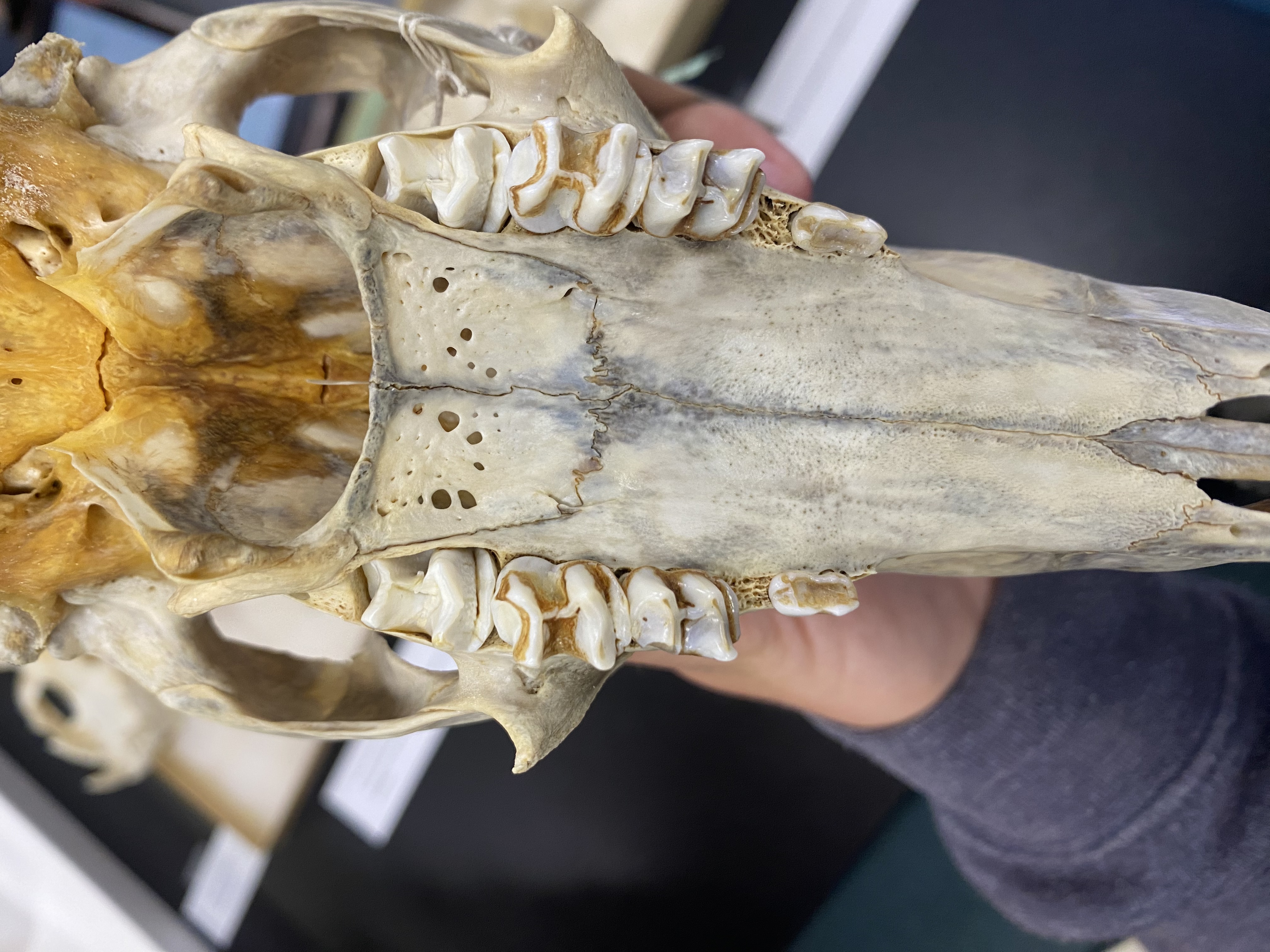
bilophodont
22
New cards

carnassial
23
New cards
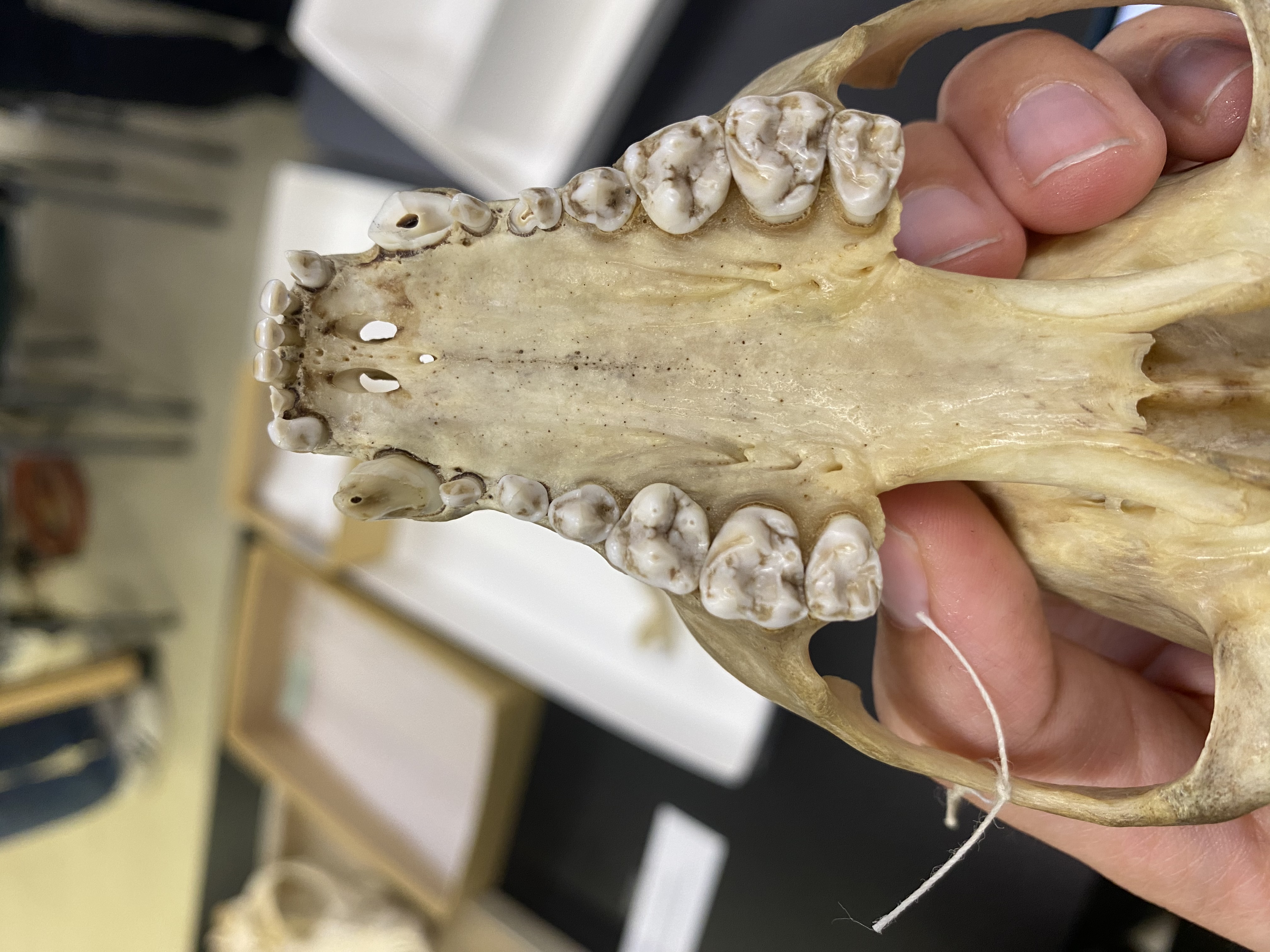
euthemorphic
24
New cards
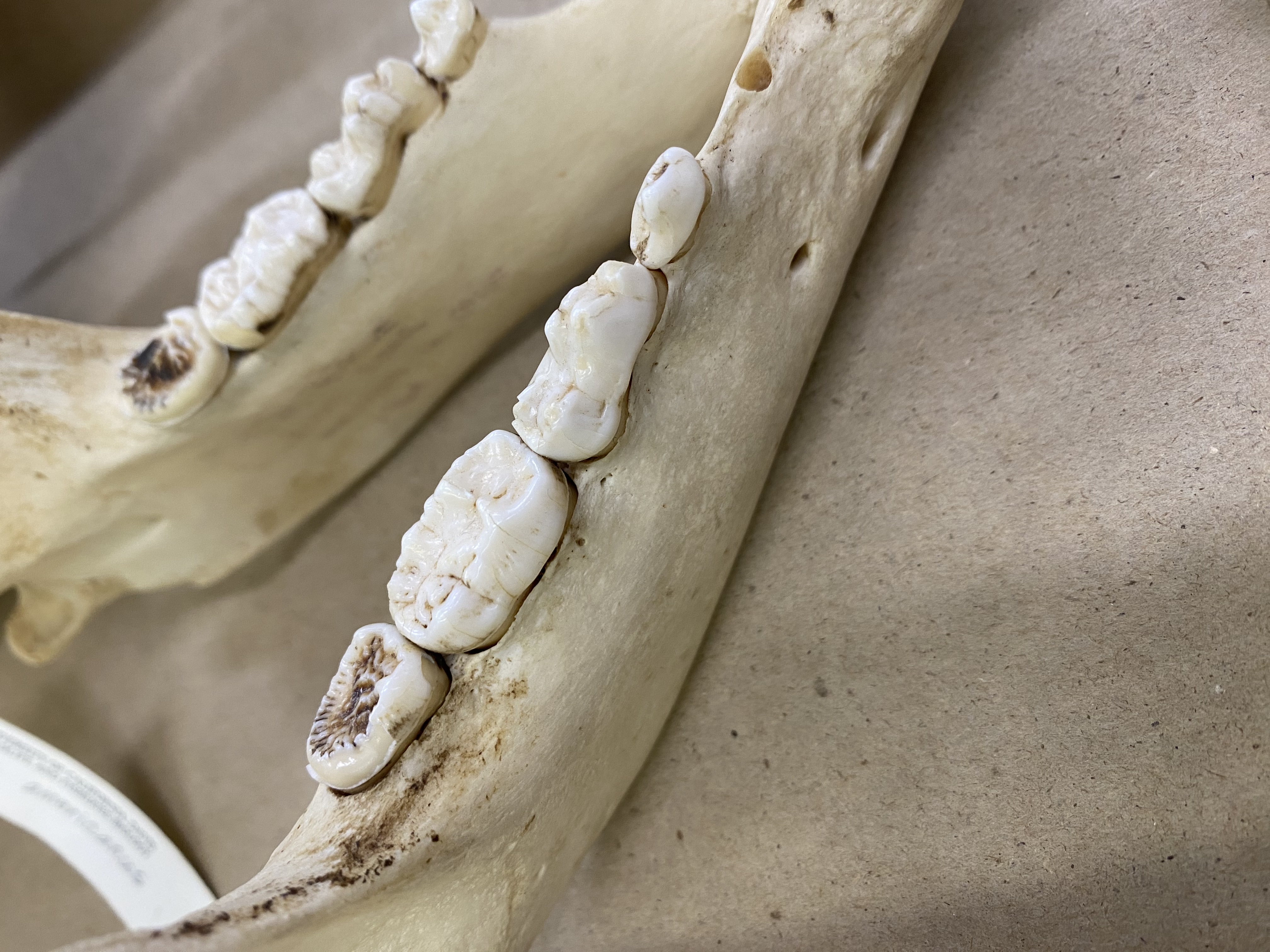
2 words to describe these teeth
bunodont & brachyodont
25
New cards
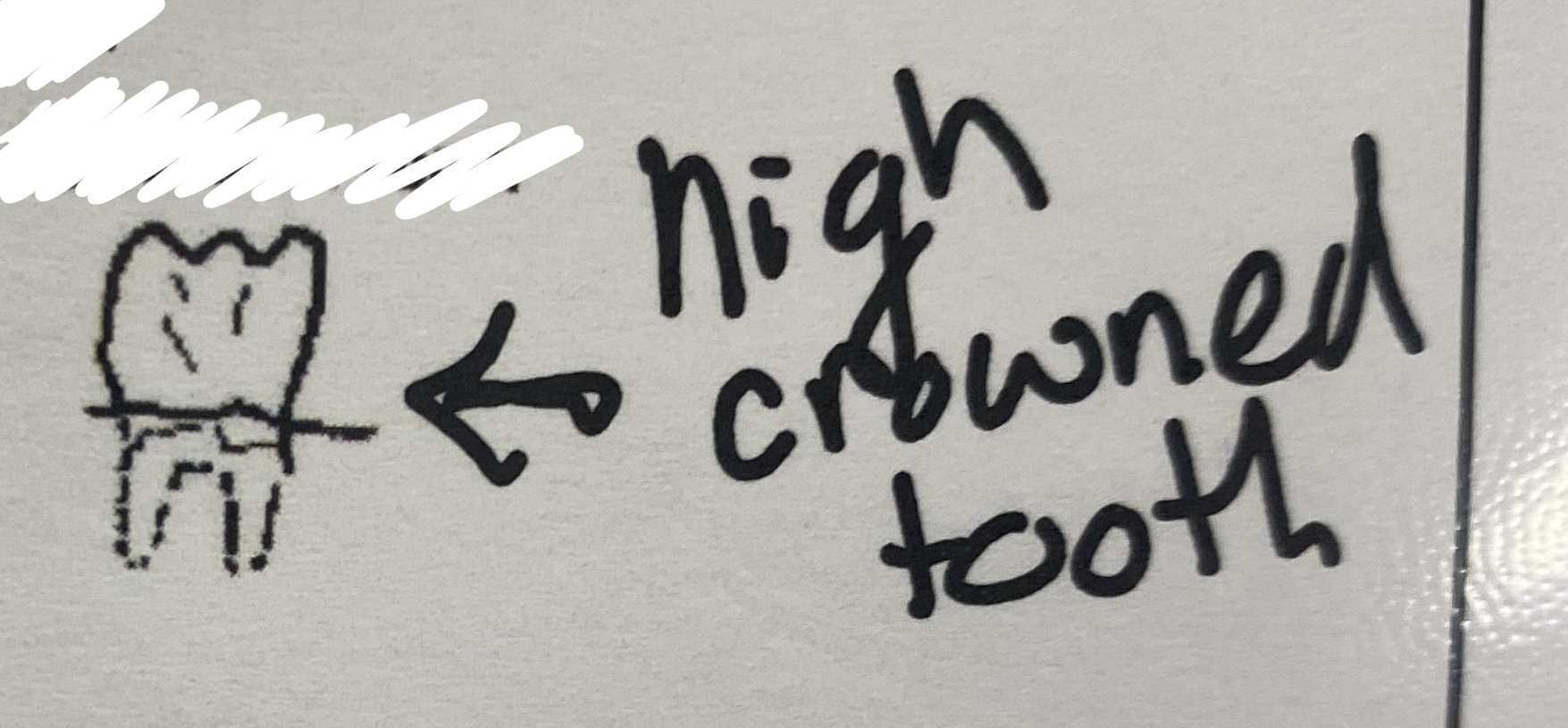
hypsodont
26
New cards
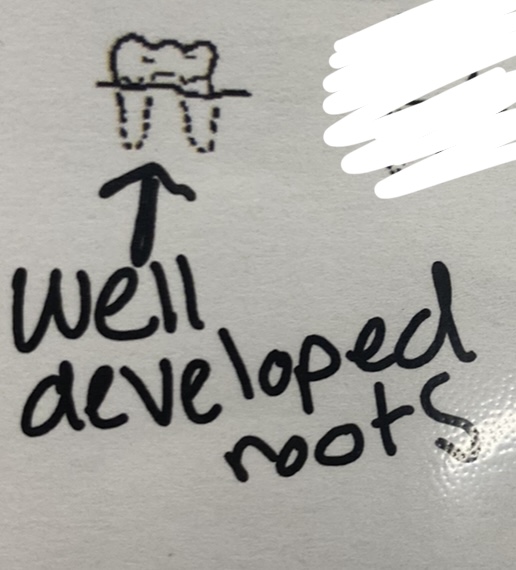
brachyodont
27
New cards
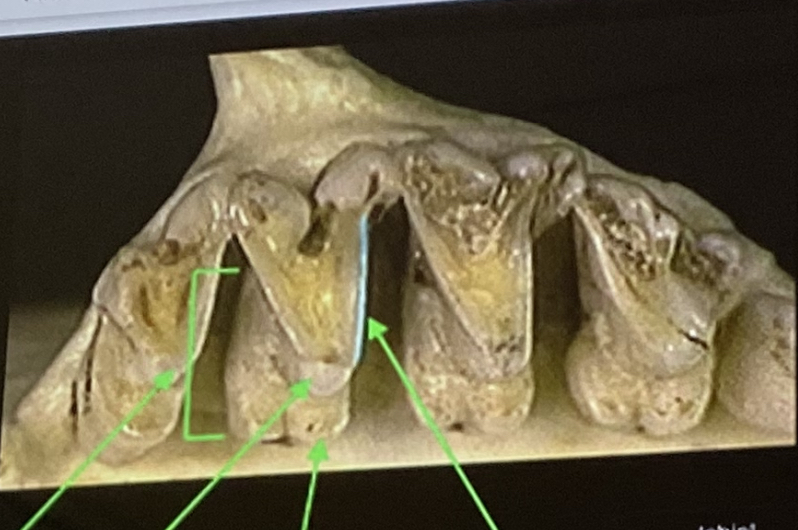
zalambdodont
28
New cards
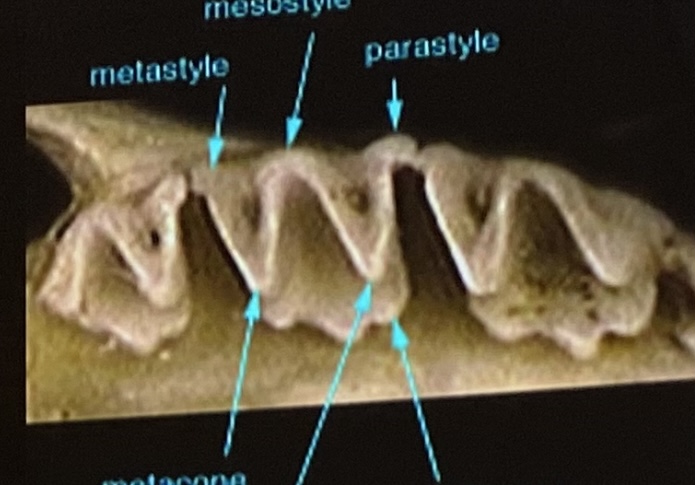
dilambdodont
29
New cards
type of scales in mammals
epidermal
30
New cards
when young animals replace juvenile pelage with adult pelage
post-juvenile molt
31
New cards
molts that allow animals to replace hairs that are worn
annual molts
32
New cards
molts that allow variable fur characters in summer vs. winter
seasonal molts
33
New cards
horn-like structures within the skin that secondarily fuse to the skull; found in both sexes, remained furred in females, not males, ex: giraffe & okapi
ossicones
34
New cards
branched, solid bone, covered by velvet when growing, shed annually, found only in males (except female caribou)
antlers
35
New cards
section between the bases of the 2 antlers
burr
36
New cards
main branch of the antlers
mainstem
37
New cards
branches at the top of the antler
crown
38
New cards
tine on the antlers closest to the skull
brow tine
39
New cards
tine behind the brow tine
bez tine
40
New cards
living skin/fur on antlers
velvet
41
New cards
similar to horns, but with a prong & shed annually
also projection of frontal bone
may be found on both sexes but larger on males
also projection of frontal bone
may be found on both sexes but larger on males
pronghorn
42
New cards
bony core covered by keratin sheath (AKA bone)
unbranched, permanent with indeterminate growth
projection of frontal bone
found on both sexes, larger on males
unbranched, permanent with indeterminate growth
projection of frontal bone
found on both sexes, larger on males
horns
43
New cards
central core of hair
medulla
44
New cards
middle layer of hair that surrounds the medulla
cortex
45
New cards
outer layer of hair
cuticle
46
New cards
incisor procumbency where teeth point outward
proodont
47
New cards
incisor procumbency where teeth point straight down
orthodont
48
New cards
incisor procumbency where teeth point backward
opisthodont
49
New cards
place entire foot on the ground (digits to ankle/wrist)
plantigrade
50
New cards
walk only on digits, have elevated the carpals/tarsals off the ground
digitigrade
51
New cards
bearing weight on terminal phalange and specifically on the hooves
unguligrade
52
New cards
3 pricipal cusps arranged in a triangle in the upper tribosphenic molar
trigon
53
New cards
cusp on the lingual side of the tooth in upper teeth
protocone
54
New cards
cusp that is anterior and labial in upper teeth
paracone
55
New cards
cusp that is posterior and labial in upper teeth
metacone
56
New cards
crests that separate cusps from one another
cristae
57
New cards
ledge located along the labial side of the tooth, which may support additional cusps
stylar shelf
58
New cards
molar with 3 cusps
tribosphenic molar
59
New cards
lower teeth version of trigon
trigonid
60
New cards
labial cusp on the lower teeth
protoconid
61
New cards
anterior & lingual cusp on the lower teeth
paraconid
62
New cards
posterior & lingual cusp on the lower teeth
metaconid
63
New cards
4th cusp on posterolingual side of the tooth (upper)
hypocone
64
New cards
cusp that is added when teeth are quadritubercular
hypocone/hypoconid
65
New cards
4th cusp on posterolingual side of the tooth (lower)
hypoconid
66
New cards
crescent shaped ridge formed in selenodonts
selenes
67
New cards
bladelike teeth designed for cutting/slicing ex: carnassials
secodont
68
New cards
PM4m1
carnassial pair